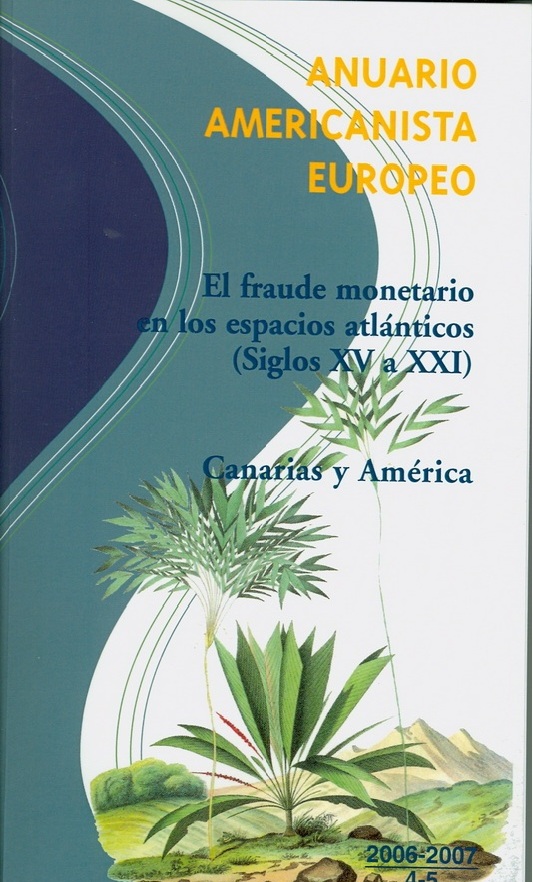Anthropogenic modification of a giant ground sloth tooth from Brazil supported by a multi-disciplinary approach
Résumé
Identifying evidence of human modification of extinct animal remains, such as Pleistocene megafauna, is challenging due to the similarity of anthropogenic and non‐anthropogenic taphonomic features observed under optical microscopy. Here, we re‐investigate a Late Pleistocene ground sloth tooth from northeast Brazil, previously suggested as human‐modified based only on optical observation. To characterize the macro‐ and micro‐morphological characteristics of the marks preserved in this tooth and evaluate potential human modification, we used stereomicroscope and scanning electron microscopy (SEM) supplemented by energy dispersive spectroscopy (EDS), UV photoluminescence (UV/PL), synchrotron‐based X‐ray fluorescence (SR‐XRF), and synchrotron micro‐ computed tomography (SR‐μCT). These methods allowed us to discriminate non‐anthropogenic taphonomic features (root and sedimentary damage), anthropogenic marks, and histological features. The latter shows the infiltration of exogenous elements into the dentine from the sediments. Our evidence demonstrates the sequence of anthropogenic and non‐anthropogenic taphonomic modification of this tooth and supports its initial intentional modification by humans. We highlight the benefits of emerging imaging and spectral imaging techniques to investigate and diagnose human modification in fossil and archaeological records and propose that human modification of tooth tissues should be further considered when studying possibly anthropogenically altered fossil remains.
| Origine | Fichiers éditeurs autorisés sur une archive ouverte |
|---|---|
| licence |





